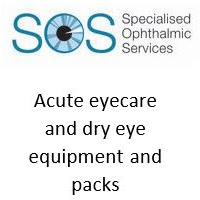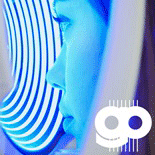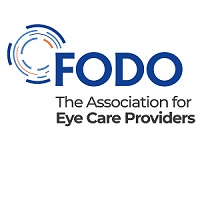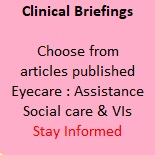General News
Eyecare advice is provided as children go back to school
Eyecare advice is provided as children go back to school
Parents are concerned about their child’s time spent on screens but view new shoes as ‘more important’ than eye tests for back to school.
Research1 by Specsavers shows that for 69% of parents, ensuring their child has new shoes is at the top of the list when sending them back to the classroom. This is followed by new uniform and PE kits (66%) and new stationary (25%).
Much further down the parental priority list are general health care appointments, such eye tests (24%), dental check-ups (12%) and seeing the GP (11%).
During lockdowns children have been spending as much as six hours a day on smartphones and other digital devices2 – it’s been estimated that we’ve logged an extra five billion hours3 online since our daily lives went virtual due to the pandemic.
Children spending too much time in front of screens is a concern for most parents (87%)1, yet they are unsure how often their child should be taking a break from their devices – more than a quarter (28%) mistakenly think it should be every hour1 rather than following the 20:20:20 rule.
Advice provided
To address this, Specsavers has embarked on a campaign to educate people about taking breaks away from screens to rest their eyes. Clinical services director, Giles Edmonds, says: ‘As optometrists know, many children do not take adequate breaks from their screens, which can cause eye strain and potentially damage their eye health, so they may notice a difference in their vision when they go back to full-time education in school.
‘We’re advising that children spend as much time as possible outdoors to try to reduce the onset of myopia (short-sightedness). The prevalence of myopia in children aged between 10–16 years has more than doubled during the last 50 years, and children are becoming myopic at a younger age4.’
‘The outdoors also provides many things for us to look at, changing our focal distance rather than being fixated on a single object for a prolonged period’. says Mr Edmonds. ‘In fact, studies have shown that if children just spend an extra hour outdoors a week, then their risk of developing myopia (short-sightedness) drops by 14%5.’
Eye strain
Mr Edmonds says: ‘Eyes can often become strained when focusing on screens for a long period which, while not usually serious, can be particularly uncomfortable. Similarly, if children’s eyes are fixated on a single object for a long period of time, especially small digital screens, this can also cause eye strain. Symptoms to look out for include eye discomfort, headaches, sore or tired eyes, difficulty focusing, dry eyes, blurred or double vision, and increased sensitivity to light. We advise students to follow the 20:20:20 rule, encouraging children to look away from their screen or white board every 20 minutes at something 20 feet away for at least 20 seconds, as this helps to relax the eye muscles.
Paediatric eyecare training for optometrists and dispensing opticians
Specsavers clinicians can update their knowledge about paediatric eyecare at the Spring Professional Development conference this April.
Four sessions each with three peer review CT points, includes a peer discussion with case-based exploration of decision-making in paediatric eyecare based on recent practice experience, with presenters including Judy Lea who is an HES optometrist involved in the delivery of paediatric clinics.
Richard Edwards from the OCCS will also present a peer discussion about how clinicians can learn from complaints about paediatric care, on 13 and 19 April. This discussion session is designed to increase registrants’ ability to manage complaints regarding paediatric eyecare in an effective and empathetic way, to avoid the unnecessary escalation of complaints.























